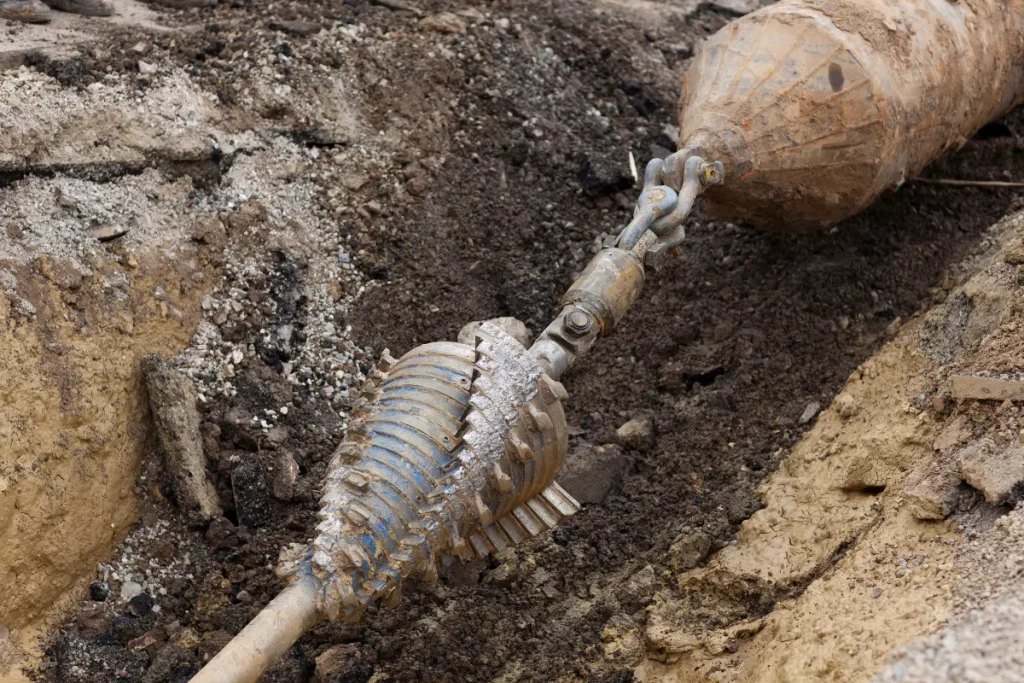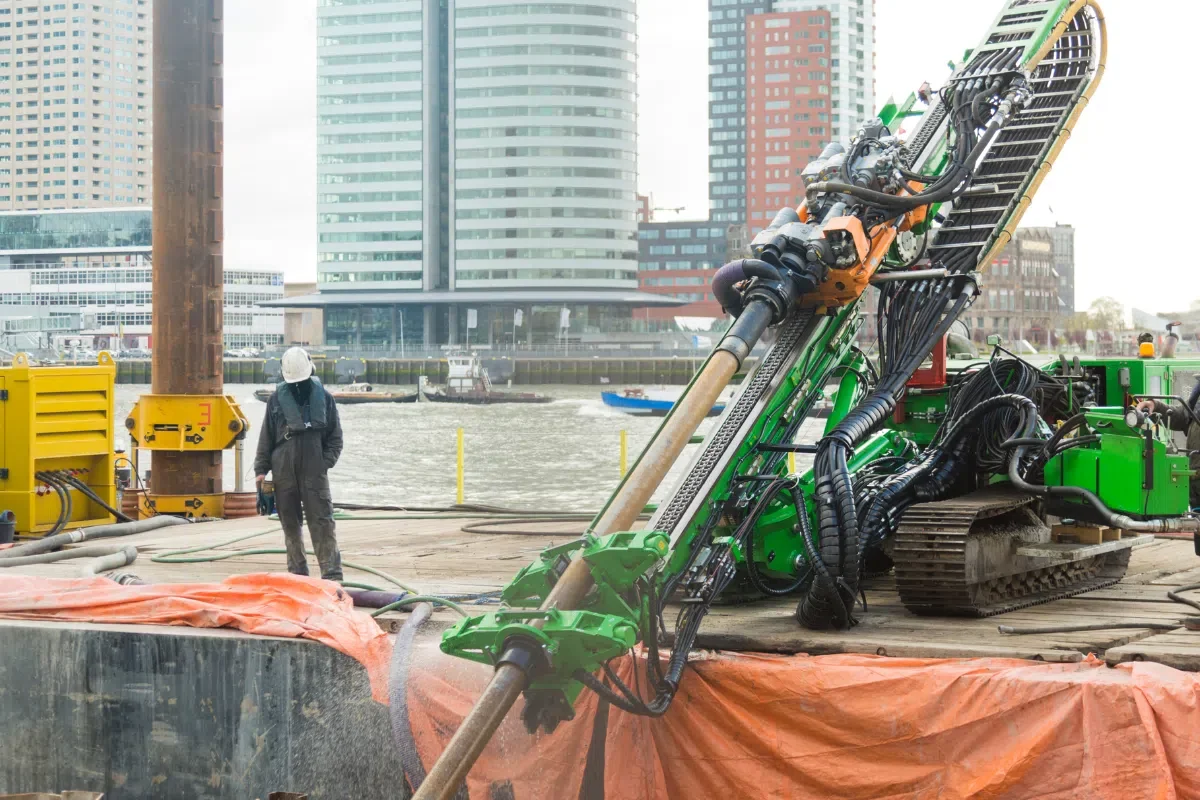Florida’s underground infrastructure is growing more complex by the day. Utility lines, water mains, sewer pipes, and communication cables all run beneath neighborhoods, roadways, and waterways — making installation and repairs a challenge. Traditional open-cut trenching can be messy, disruptive, and impractical in busy environments. This is where Horizontal Directional Drilling steps in as a smarter, trenchless alternative. But what exactly is HDD, and how does it work below the surface without digging everything up?
Why is HDD becoming popular in Florida construction?
From congested streets in Tampa to environmentally sensitive zones across the Everglades, Florida is full of places where digging a straight trench just isn’t feasible. Horizontal Directional Drilling allows contractors to install pipes and conduits underground without tearing up driveways, sidewalks, roads, or wetlands. Projects can be completed faster, with less disruption to traffic or landscapes — making it a preferred solution for modern urban and suburban construction across the state.
How does the horizontal directional drilling process start?
Every HDD project begins with strategic planning. Technicians survey the jobsite, study soil conditions, and determine entry and exit points. Once the plan is set, drilling starts from the surface with a guided drill head that pushes horizontally through the earth. A mixture called drilling fluid keeps the borehole stable while helping the drill head cut smoothly through sand, clay, or limestone — common soil types throughout Florida.
What equipment is used during HDD operations?

The process relies on a directional drilling rig fitted with a hollow drill rod, a steerable drill head, and monitoring electronics. As the rod advances, operators use real-time tracking devices to steer the head along the planned underground path, making small adjustments as needed. Support equipment includes a mixing unit for drilling fluid and a vacuum truck to manage excess material returning through the bore.
How does pipe get installed after drilling?
Once the pilot bore (initial tunnel) reaches its exit point, a reamer — a larger cutting tool — is pulled back through the tunnel to widen it to the desired diameter. The product pipe is then attached and pulled back toward the drill rig along the enlarged route. This could be anything from a water line to a sewer pipe to a fiber-optic cable conduit. When the pipe emerges at the entry point, the installation is complete with minimal above-ground disruption.
How accurate is HDD for hitting the target location?
HDD technology is remarkably precise thanks to advanced tracking systems placed just below the ground surface. These systems allow the operator to know the drill head’s depth and direction as it travels. This is critical for avoiding existing utilities or natural obstacles. Skilled drillers can follow a designed path with impressive accuracy, even in tight urban locations across Florida’s coastal and inland regions.
Are there limitations to directional drilling?
HDD works best in soils that are not too rocky or unstable. While Florida’s sandy and clay-based soils are generally ideal, projects in areas with large boulders or coral-hard limestone might face challenges that require specialized cutting heads or alternative trenchless methods. Careful pre-planning, including geotechnical surveys, helps reduce these risks.
What are the environmental advantages of HDD?
Directional drilling significantly reduces surface disturbance, which protects vegetation, waterways, and wildlife habitats. This makes it well-suited to environmentally sensitive zones like river crossings, wetlands, and coastal dunes — common features of Florida’s unique geography. Less open excavation also means reduced erosion, fewer emissions from heavy machines, and lower noise levels.
How do municipalities and plumbers use HDD in Florida?
Cities use HDD for installing water distribution lines, storm drains, sewer force mains, and reclaimed-water infrastructure without shutting down roads or disrupting residents. Plumbers and underground utility contractors leverage HDD when routing new service lines under driveways or streets — providing homeowners and businesses with upgraded services while keeping lawns and pavement intact.
Is horizontal directional drilling cost-effective?

Although the setup costs may be higher than a traditional trench, HDD often leads to major savings overall. The reduced need for surface restoration, traffic control, and permitting helps offset the higher technology and labor costs. This makes HDD not only a technical win but also a smart financial choice for long-term utility installations throughout Florida.
Horizontal Directional Drilling has transformed how utilities are installed throughout Florida. By allowing underground pipes and conduits to be placed with precision, speed, and minimal disruption, HDD meets the growing demand for infrastructure while protecting the environment and keeping communities moving. From municipal water lines to private plumbing services, this powerful trenchless technology is proving to be essential in modern Florida construction — and no one understands the value of a seamless underground installation better than AM Florida Builders .



